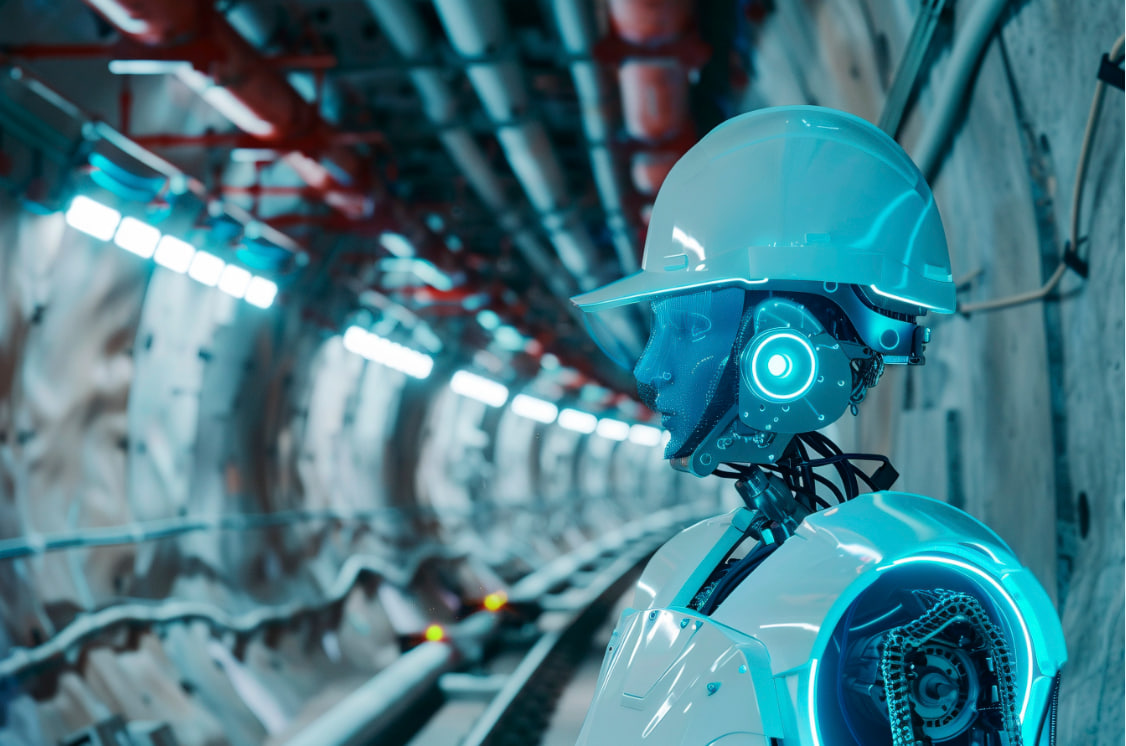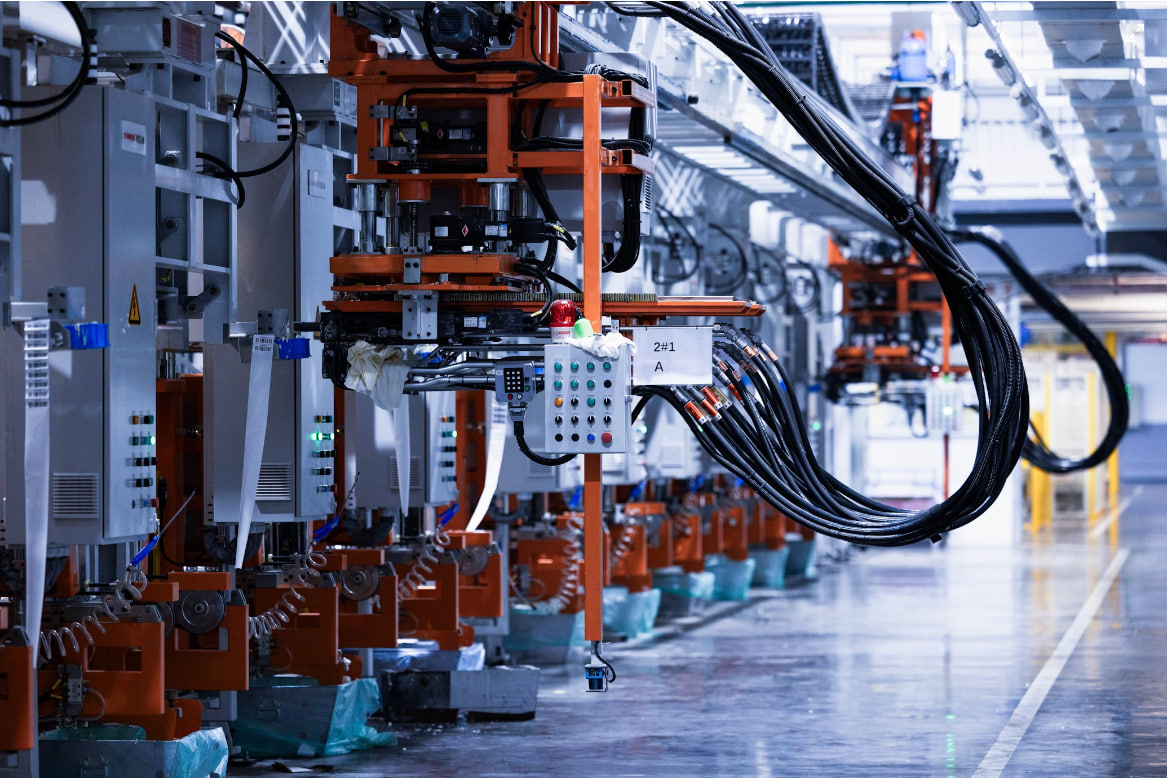The influence of artificial intelligence (AI) on machining is substantial. By offering intelligent suggestions, AI simplifies the programming phase, enabling novice operators to make informed choices and minimizing mistakes. George Chen, Senior Marketing and Business Development Manager at DELMIA, discusses how AI can streamline and enhance machining operations.
The Role of AI in Automation and Manufacturing
In the fields of automation and manufacturing, the incorporation of AI into CNC (Computer Numerical Control) machining is rapidly reshaping the landscape. As organizations strive for greater accuracy, improved efficiency, and cost reduction, AI-enhanced CNC machining stands out as a revolutionary advancement. This article delves into the significant advantages of AI in CNC machining, bolstered by important data and insights highlighting its transformative effects.
Understanding CNC Machine Automation
At its core, CNC machinery operates through automation, utilizing computer programs to dictate the actions of tools such as lathes, mills, and grinders. This automation ensures high levels of precision and consistency throughout manufacturing processes.
With the integration of AI, CNC machines can further enhance their functionality. AI algorithms are capable of optimizing cutting paths, anticipating maintenance needs, and making on-the-fly adjustments during operations. This leads to less waste, quicker production timelines, and lower operating costs.
Machine learning, a key aspect of AI, also plays a vital role in CNC machining by boosting accuracy. By assessing historical performance data and current conditions, machine learning algorithms can predict tool degradation and fine-tune machining settings. This predictive ability extends the lifespan of tools and reduces downtime.
For instance, AI can sift through extensive datasets from prior machining activities to discern trends and enhance future operations, leading to more efficient production timelines and overall productivity improvements.
AI: A New Era for CNC Machining Techniques
CNC machining has long been essential to manufacturing, known for its precision and reliability. However, AI is introducing innovative capabilities that push beyond traditional boundaries, including advancements in predictive maintenance, process optimization, and real-time quality assurance.
- Precision and Quality Assurance AI improves CNC machining accuracy by utilizing real-time analytics. According to a 2023 Deloitte report, AI-driven quality control can reduce defect rates by nearly 50%. AI systems analyze sensor data from CNC machines, identifying inconsistencies that might escape human attention. This leads to more consistent product quality and greater customer satisfaction.
- Predictive Maintenance and Cost Efficiency AI is transforming how manufacturers manage equipment maintenance. Research from McKinsey indicates that AI-powered predictive maintenance can lower maintenance costs by up to 25% and decrease unplanned downtime by 30-40%. By evaluating historical data and real-time sensor information, AI can predict potential failures, allowing for timely maintenance that averts costly interruptions.
- Toolpath Optimization The importance of AI in refining production scheduling cannot be overstated. A 2024 study published in the International Journal of Production Economics revealed that AI-optimized scheduling can enhance production efficiency by up to 20%. AI can automatically generate and refine toolpaths, manage machine availability, and cut lead times, facilitating smoother operations and increased throughput.
- Advanced Automation Processes The introduction of AI in automating intricate machining tasks significantly boosts productivity. A Deloitte survey shows that nearly 70% of manufacturers implementing smart technologies are using AI to enhance operational efficiency. AI systems can handle setup tasks, tool changes, and adapt to new designs with minimal human oversight, resulting in shorter production cycles and reduced human error.
- Flexibility and Customization Rapid adaptability to changing production demands is becoming crucial. AI enhances the flexibility of CNC machining by enabling quick adjustments to manufacturing parameters. This discussion highlights the reduced time needed to reconfigure machinery for diverse products and the pivotal role AI systems play in achieving this flexibility. Such adaptability allows manufacturers to meet rising demands for customized and small-batch production without sacrificing efficiency.
Can AI Program CNC Machines?
Absolutely! AI can program CNC machines by utilizing advanced algorithms to automate and enhance various programming facets, such as generating essential G-code and M-code for machine control. Key steps include:
- Evaluating 3D Models: AI examines CAD designs to comprehend the part’s geometry and features.
- Simulating Tool Paths: The system tests different tool paths to identify the most efficient routes, minimizing material waste and machining duration.
- Parameter Optimization: AI fine-tunes machining parameters like feed rates and spindle speeds based on material and equipment capabilities.
For instance, when dealing with complex shapes, AI can ascertain the most effective cutting strategies to ensure precise results, thereby reducing the necessity for manual programming and minimizing errors.
Real-World Applications and Outcomes
Leading companies are already benefiting from AI-enhanced CNC machining:
One prominent utility firm has integrated AI to enhance predictive maintenance and process efficiency, achieving a 20% increase in equipment uptime and a 15% reduction in maintenance expenses. By leveraging AI for machine data analysis and failure predictions, they have enhanced productivity while lowering operational costs through optimized maintenance scheduling.
Similarly, an engineering and technology enterprise that adopted AI in its CNC machining processes saw a remarkable 40% decrease in defect rates. AI-driven quality monitoring continuously analyzes production metrics and sensor data, quickly detecting and addressing discrepancies. This proactive strategy mitigates potential issues before they affect the final product, improving overall quality.
Revolutionizing Machining with AI Innovations
AI-driven solutions, like DELMIA Machining, are leading the charge in automation and manufacturing innovation, significantly refining CNC machining practices. One of their standout features includes the capability to automatically recommend optimal toolpaths based on selected geometries. This feature is particularly advantageous for less experienced users in the programming phase.
When novice programmers tackle new parts, they often struggle to identify the best machining operations. However, an AI-guided toolpath proposal system alleviates this challenge by offering smart recommendations rooted in historical data. This system employs a neural network trained on various common geometries, identifying patterns to suggest suitable machining operations.
The ramifications of this AI functionality are considerable. It streamlines the programming process by delivering informed suggestions, aiding less experienced users in decision-making, and reducing the risk of errors. This automated guidance accelerates setup times and improves machining accuracy, leading to greater efficiency, reduced programming durations, and more consistent product quality for manufacturers.


